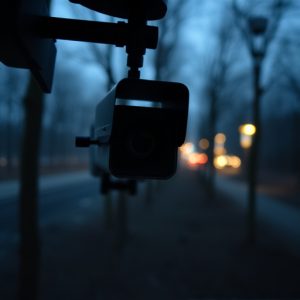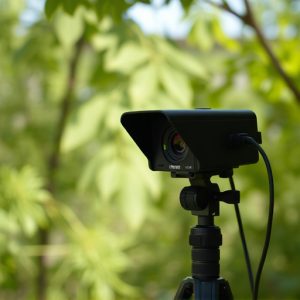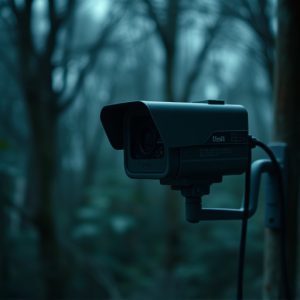Unveiling Nanny Cameras: Scanning Methods & Legal Implications
Modern "nanny cams" equipped with mobile phone alerts have advanced significantly, providi…….
Modern "nanny cams" equipped with mobile phone alerts have advanced significantly, providing real-time video/audio evidence for security and investigations. Detecting these hidden cameras is crucial for privacy protection, with evolving scanning methods using RF signals to identify unique emissions. While offering enhanced security, their use raises legal and ethical concerns, particularly in domestic settings, emphasizing the need for transparency and consent.
Uncover the insidious world of hidden recording devices with our comprehensive guide. Learn how these devices, often disguised as everyday objects, capture personal moments without consent. We explore advanced scanning methods for detecting ‘nanny cameras’ equipped with mobile phone alerts, empowering you to protect your privacy. From understanding their operations to legal and ethical debates, this article provides crucial insights into fighting surveillance in the digital age.
- Understanding Hidden Recording Devices and Their Operations
- Scanning Methods for Detecting Nanny Cameras with Mobile Alerts
- Legal Implications and Ethical Considerations of Using These Techniques
Understanding Hidden Recording Devices and Their Operations
Hidden recording devices, often referred to as surveillance cameras or “nanny cams,” have evolved significantly in recent years. These small, discreet cameras are designed to operate unnoticed and capture video or audio evidence for various purposes, from home security to professional investigations. One of the most advanced methods involves integrating these devices with mobile phone alerts, allowing users to monitor activities remotely via their smartphones.
The operation of a hidden recording device typically revolves around its ability to record and transmit data secretly. Many modern nanny cams are equipped with motion sensors that trigger video or audio recordings when activity is detected, ensuring only relevant footage is captured. These devices can operate autonomously for extended periods, making them effective tools for continuous surveillance. With mobile phone alerts, users receive real-time notifications whenever the camera detects movement, enabling quick response times and remote access to live feeds or recorded videos.
Scanning Methods for Detecting Nanny Cameras with Mobile Alerts
Detecting hidden nanny cameras has become an essential aspect of privacy protection, especially with the widespread use of such devices for surveillance. Scanning methods have evolved to keep pace with this growing concern, and one effective approach is leveraging mobile phone alerts. By integrating specialized scanning tools with smartphone applications, individuals can proactively hunt for these clandestine recorders. These apps utilize radio frequency (RF) signals to identify the unique emissions from nanny cameras, providing a non-intrusive way to check for hidden cameras in homes or offices.
The process involves scanning specific frequencies known to be associated with nanny camera transmissions. When an active device is detected, the app alerts the user, indicating the potential presence of a hidden camera. This real-time notification system empowers individuals to take immediate action, ensuring their privacy and potentially saving them from unintended surveillance. With mobile phone alerts, users can remotely monitor environments, providing a layer of security and peace of mind, especially for parents or professionals concerned about covert recording.
Legal Implications and Ethical Considerations of Using These Techniques
The use of hidden recording devices, often referred to as “nanny cams” with mobile phone alerts, raises significant legal and ethical concerns. In many jurisdictions, secretly recording conversations or activities without explicit consent is a violation of privacy laws. This becomes especially sensitive when these devices are used in domestic settings, like monitoring nannies or caregivers, as it intrudes upon personal spaces and potentially compromises the trust between employers and employees.
Ethically, while these methods might offer a sense of security, they also foster an environment of surveillance and distrust. It’s essential to balance the desire for protection with respect for individual privacy. The onus lies on users to ensure transparency and obtain consent whenever possible. Moreover, proper use requires clear guidelines and understanding of local laws to avoid potential legal repercussions.
Hidden recording devices, such as nanny cameras equipped with mobile phone alerts, have transformed the way we monitor our surroundings. The article has explored various scanning methods for detecting these devices and the legal implications that accompany their use. By leveraging technology like mobile alerts, individuals can ensure their privacy and safety, but it’s crucial to navigate this landscape ethically and within legal boundaries. Understanding the capabilities and limitations of these tools is essential to maintaining a harmonious balance between security and personal freedom.


